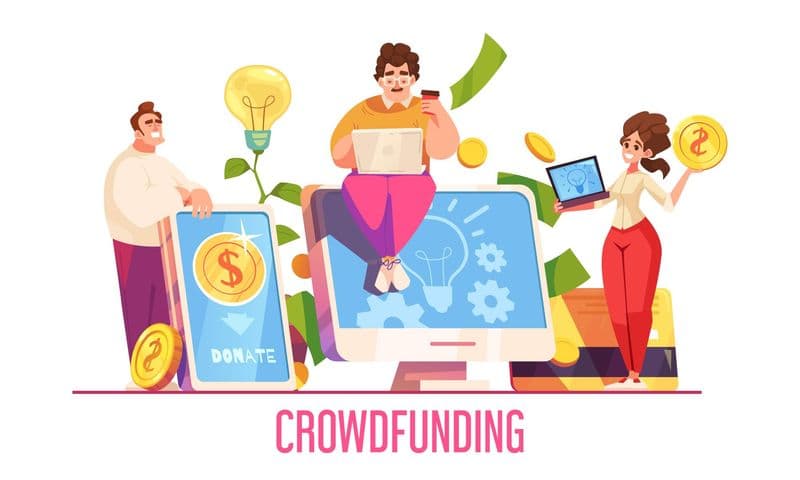Medical technology (MedTech) sales is a unique and dynamic field that bridges cutting-edge innovation with healthcare delivery. Unlike traditional sales, MedTech sales require not only technical expertise but also a deep understanding of healthcare providers' needs, regulatory landscapes, and patient outcomes. In an industry driven by rapid advancements in technology and increasing competition, mastering MedTech sales is both a challenge and an opportunity.
In this article, we’ll explore the nuances of medical technology sales, effective strategies for success, challenges faced by professionals in the field, and actionable insights to thrive in this competitive landscape.
What Is Medical Technology Sales?
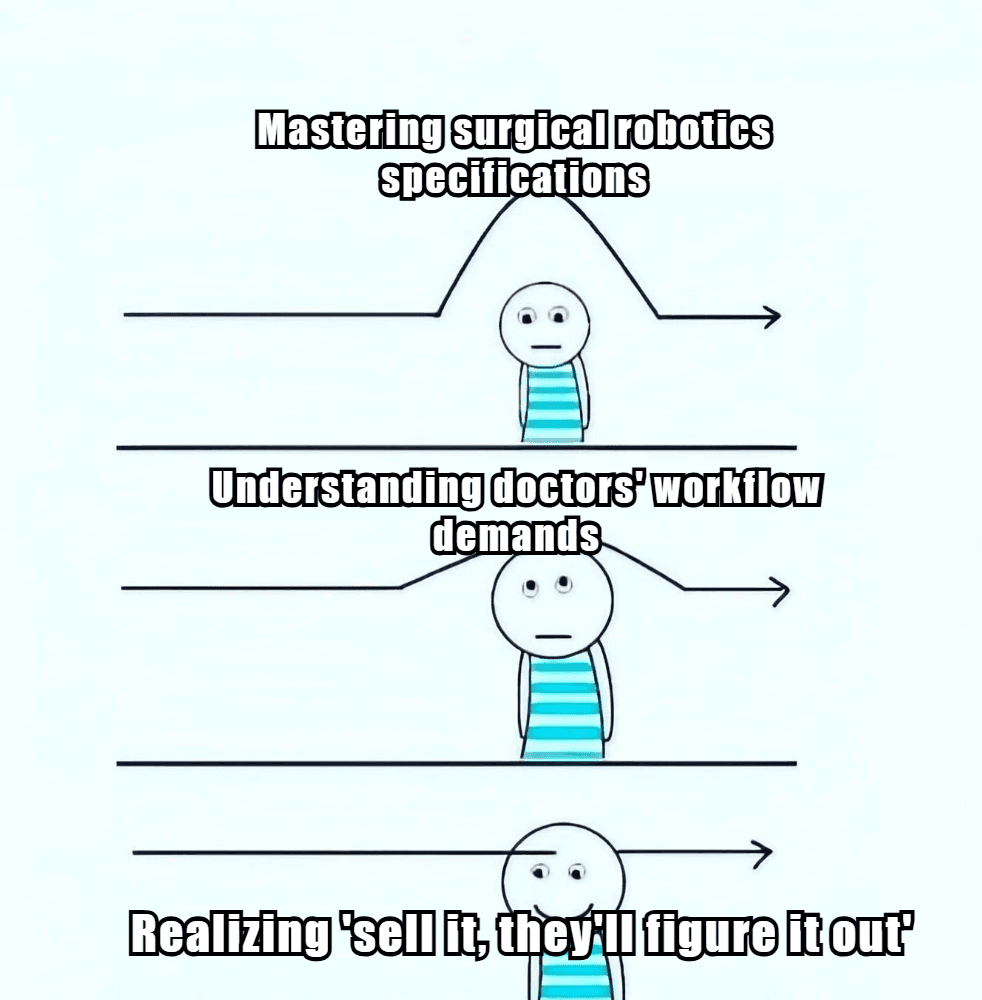
Medical technology sales involve selling advanced medical devices, equipment, or software solutions to healthcare providers such as hospitals, clinics, and private practices. These products range from diagnostic tools to life-saving surgical equipment and software platforms designed to optimize patient care.
Key Components of MedTech Sales
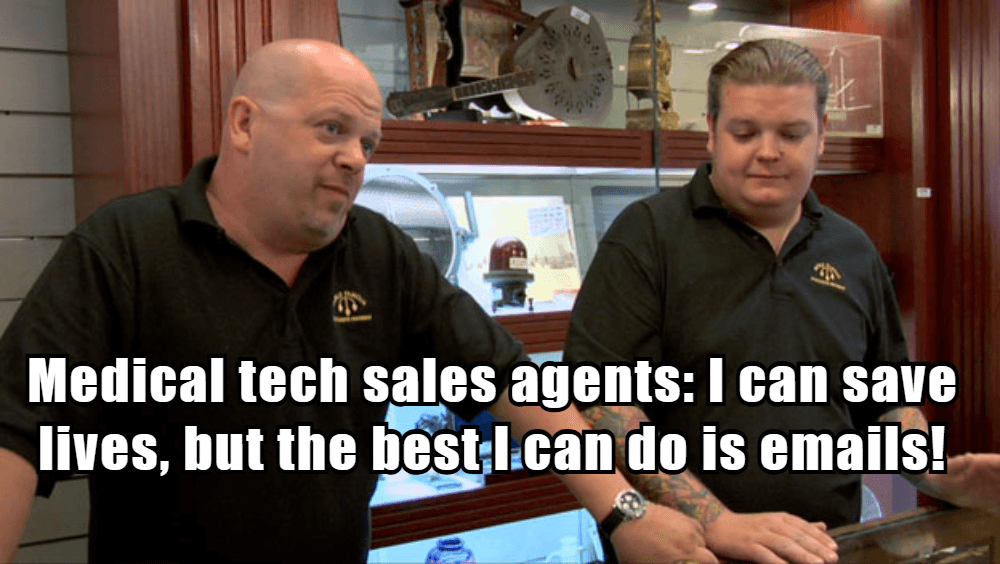
- Product Knowledge: Deep understanding of technical specifications and clinical applications.
- Customer Focus: Addressing the unique needs of healthcare providers.
- Regulatory Expertise: Navigating compliance requirements for medical devices.
- Value-Based Selling: Demonstrating how the product improves patient outcomes or reduces costs.
For example, selling a robotic surgical system requires not only explaining its features but also showcasing its potential to reduce surgery time and improve precision.
Why Is Medical Technology Sales Different?
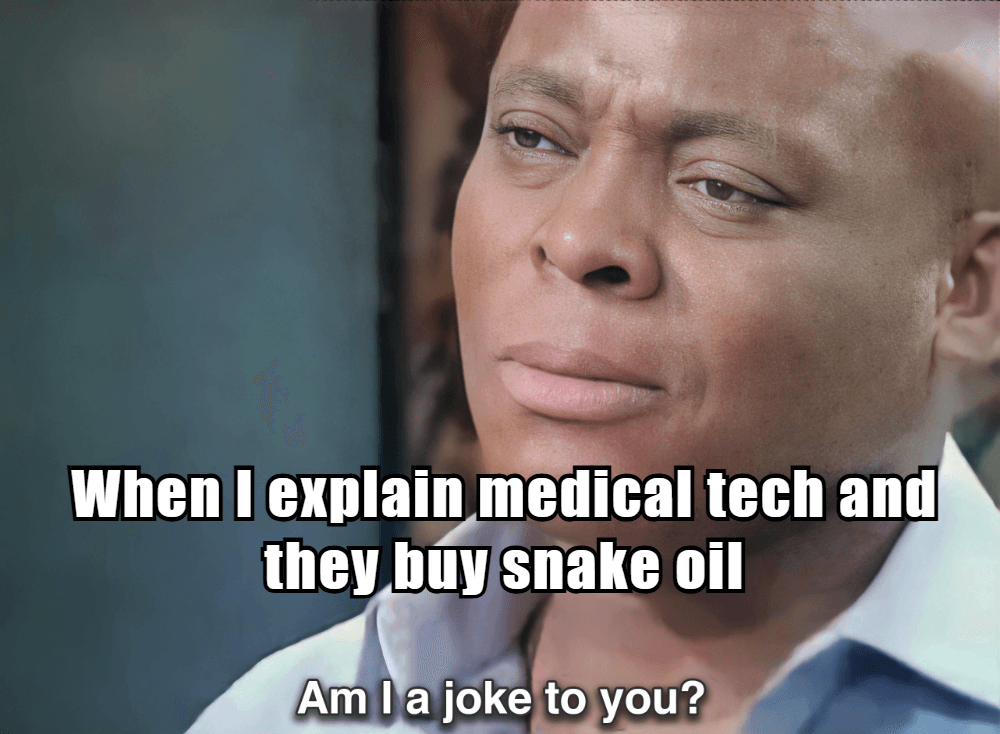
MedTech sales differ from traditional sales due to the complexity of the products and the highly regulated nature of the industry. Here’s how it stands out:
Aspect | Traditional Sales | MedTech Sales |
Product Complexity | Relatively straightforward | High-tech devices with clinical impact |
Decision-Makers | Single buyer | Multiple stakeholders (e.g., clinicians, administrators) |
Sales Cycle | Shorter | Longer due to approvals and trials |
Regulatory Oversight | Minimal | Extensive compliance requirements |
For instance, selling a wearable health tracker may involve consumer-focused marketing, whereas selling an MRI machine requires engaging hospital administrators, radiologists, and procurement teams.
Top Strategies for Success in MedTech Sales
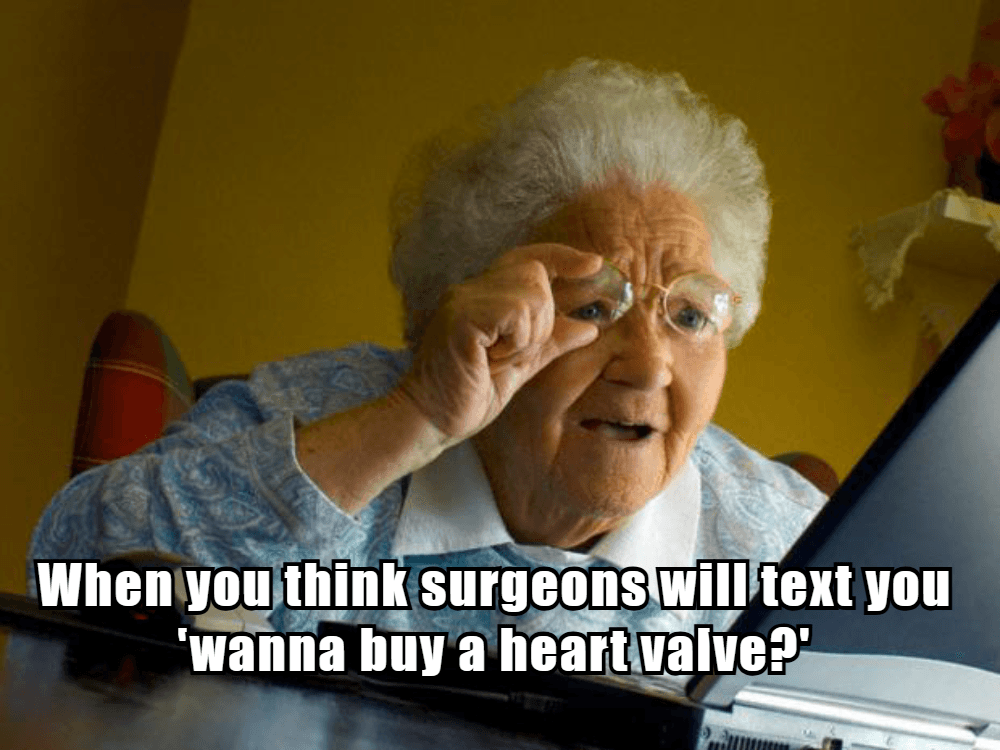
1. Understand Your Target Audience
MedTech buyers include clinicians, administrators, and procurement officers—each with distinct priorities:
Clinicians focus on patient outcomes.
Administrators prioritize cost-effectiveness.
Procurement teams evaluate long-term value.
Example: A company selling portable ultrasound devices might emphasize ease of use for clinicians while showcasing cost savings to administrators.
2. Leverage Data-Driven Insights
Use analytics to understand customer behavior and tailor your approach:
Identify high-demand products through market trends.
Use CRM tools to track customer interactions.
Example: A MedTech company could analyze hospital procedural volumes to target facilities likely to benefit from their surgical tools.
3. Adopt Value-Based Selling
Focus on demonstrating tangible benefits such as improved patient outcomes or reduced operational costs:
Use case studies or clinical trial data.
Highlight ROI for healthcare providers.
Example: A company selling AI-powered diagnostic tools can showcase how their product reduces diagnostic errors by 30%.
4. Build Strong Relationships
In an industry where trust is paramount, relationship-building is critical:
Attend medical conferences to network with potential clients.
Provide ongoing support post-sale to ensure product success.
Example: A sales representative might offer hands-on training for hospital staff using a new ventilator system.
5. Embrace Digital Transformation
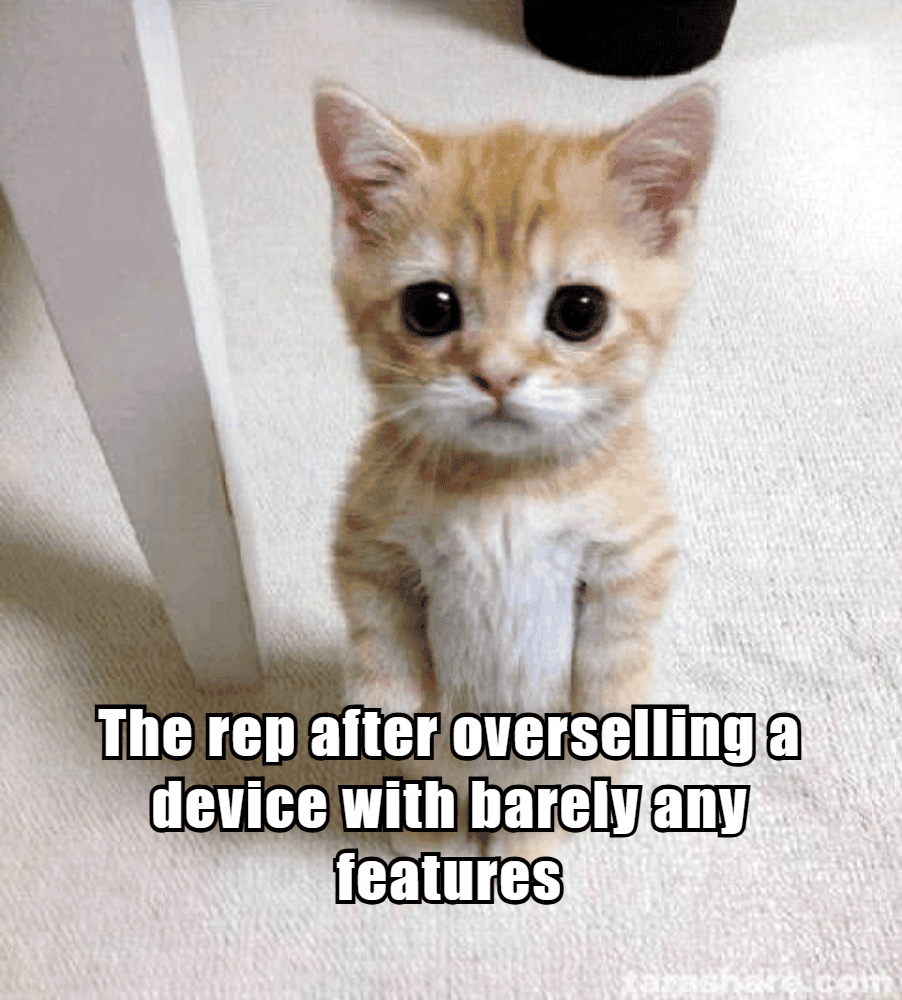
Digital tools like virtual demos or AI-driven analytics can enhance efficiency:
Use virtual reality (VR) for immersive product demonstrations.
Leverage data analytics to personalize pitches.
Example: A company might use VR to simulate how their robotic surgery system works in real-time procedures.
Challenges in Medical Technology Sales
Despite its opportunities, MedTech sales come with unique challenges:
1. Long Sales Cycles
High costs and multi-stakeholder decision-making often delay purchases.
Solution: Streamline communication with all stakeholders using CRM tools and consistent follow-ups.
2. Regulatory Complexity
Navigating compliance requirements can be daunting.
Solution: Partner with regulatory experts and provide pre-prepared compliance documentation.
3. Market Saturation
With numerous competitors offering similar products, differentiation is key.
Solution: Highlight unique selling points (USPs) through data-driven success stories or testimonials.
4. High Price Points
Expensive products can deter budget-conscious buyers.
Solution: Offer flexible pricing models like subscription-based plans or leasing options.
Emerging Trends in MedTech Sales
The MedTech industry is evolving rapidly due to technological advancements and shifting market dynamics. Here are some key trends:
Trend | Description | Example |
Wearable Technologies | Devices for continuous health monitoring | Smartwatches tracking heart conditions |
AI Integration | AI-powered diagnostics and predictive tools | AI detecting early-stage cancers |
Remote Monitoring | Cloud-based solutions for patient tracking | IoMT-enabled glucose monitors |
Hybrid Sales Models | Combining digital engagement with field sales | Virtual demos followed by in-person meetings |
For example, wearable devices like smart insulin pumps are reshaping diabetes management by enabling real-time monitoring and intervention.
Real-Life Examples of Successful MedTech Sales Strategies
Example 1: Robotic Surgery Systems
A company selling robotic surgery systems faced resistance due to high costs. They:
Highlighted ROI through reduced surgery times.
Provided free trials at select hospitals.
Shared case studies showing improved patient outcomes.
Result: Increased adoption among top-tier hospitals.
Example 2: Portable Diagnostic Tools
A startup offering portable diagnostic devices targeted rural clinics by:
Emphasizing affordability and ease of use.
Partnering with NGOs for distribution.
Result: Expanded market reach in underserved areas.
Conclusion
Medical technology sales is more than just closing deals—it’s about driving innovation in healthcare while addressing the unique needs of providers and patients alike. By adopting strategies rooted in value-based selling, leveraging digital tools, and navigating challenges with agility, MedTech professionals can thrive in this highly competitive field.
As the industry continues to evolve with advancements like AI-powered diagnostics and wearable health technologies, staying ahead requires a blend of technical expertise, relationship-building skills, and adaptability. Whether you’re a seasoned professional or new to the field, mastering these elements will position you for success in the ever-expanding world of medical technology sales.
FAQs
1. What skills are essential for success in MedTech sales?
Key skills include:
Strong communication abilities.
Technical knowledge of medical devices.
Relationship-building expertise.
Understanding of regulatory frameworks.
2. How long does it take to close a deal in MedTech sales?
Sales cycles can range from several months to over a year due to complex approval processes involving multiple stakeholders.
3. How can I stay updated on industry trends?
Attend medical conferences, subscribe to industry publications, and leverage digital platforms like LinkedIn for networking and insights.
4. What role does post-sale support play?
Post-sale support ensures customer satisfaction, builds loyalty, and opens doors for upselling or cross-selling opportunities.


